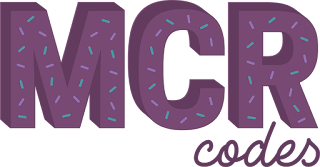My experience with Manchester Codes

I have been a Quality Assurance tester for five years, testing from a User point of view, but not from a Developer view. So the next step was to look into development. I have come across multiple IT courses and have decided to enrol with @MCRcodes . This is an evening part-time coding boot camp based in central Manchester which runs for 24 weeks. Week 0 (January 2018) - Met up with Joe (Founder) for an informal interview to discuss suitability for me to enrol in the course. He has been very friendly and explained everything very clearly. Did quick JavaScript test, I initially panicked a little, however after few clues from Joe able to complete the test with ease. About MCRcodes... Week 1 to 4 (February 2018) - I have learned a lot in my first month in boot camp, most importantly is how much commitment is required to do this course. You will have to study minimum 20 hours each week, and each time you have free time, code! even if it's 30 minute...